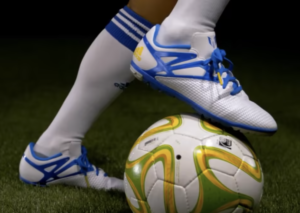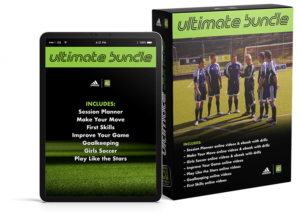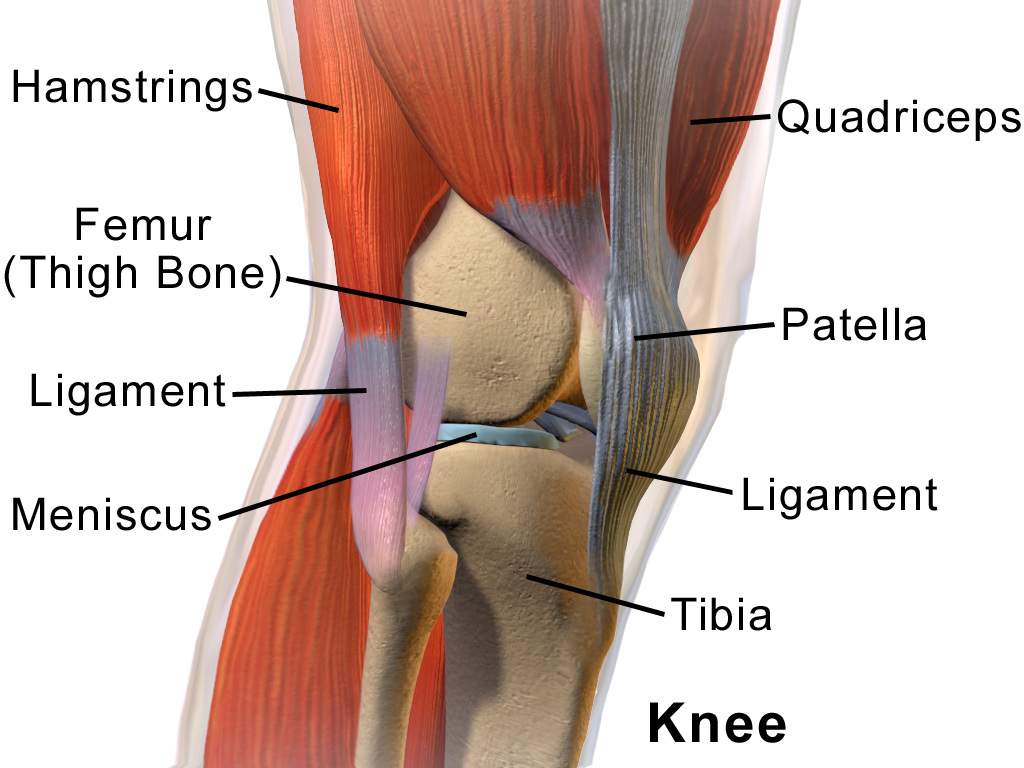Unfortunately injuries in soccer are something that many athletes have to deal with at some point in their career. It can happen at any time and sometimes doesn’t become apparent until after an athlete stops playing. It all depends on the type of injury and the severity.
Here we go through some of the more common injuries and what can be done to help heal and hopefully help prevent future injuries. We are going to focus on the knees, ankles, hips, back and hamstrings.
10 Ways to get rid of knee pain
Knee pain can be caused by a number of different factors. Your fitness level, your age, weight and hydration just to name a few. But no matter the reason everyone that has knee pain wants to get rid of it completely. To do this here are 10 steps you can take to lessen your knee pain.
1. Rest and ice: Take a break from any activities that aggravate knee pain and apply ice to the affected area to reduce inflammation.
2. Stretching and strengthening exercises: Try low-impact exercises like walking, cycling, and swimming to help improve flexibility and strengthen the muscles around the knee joint.
3. Weight management: Maintaining a healthy weight can help reduce stress on the knee joint and lessen the risk of knee pain.
4. Proper footwear: Make sure you are wearing supportive and comfortable shoes that fit properly to avoid putting unnecessary pressure on your knees.
5. Pain relievers: Over-the-counter pain relievers like acetaminophen or ibuprofen can help reduce pain and inflammation.
6. Corticosteroids injections: If pain is severe, corticosteroids injections can help reduce inflammation and pain in the knee.
7. Physical therapy: A physical therapist can create a customized exercise plan and work with you to improve knee strength and flexibility.
8. Massage therapy: Massage therapy can help alleviate knee pain by improving circulation and relaxing muscles.
9. Acupuncture: Acupuncture can provide relief from knee pain by releasing endorphins and reducing inflammation.
10. Surgery: In cases of severe knee pain or injury, surgery may be necessary, such as partial or full knee replacement.
If you want to find more ways to get rid of your knee pain try this clicking here for more information.
Common ankle injuries in soccer
Ankles are another part of the body that take a lot of beating in soccer. And there are six common types of ankle injury.
1. Ankle sprains: Ankle sprains are the most common ankle injury in soccer. This occurs when the ankle is twisted, stretched, or turned in an awkward manner, leading to ligament damage.
2. Achilles tendonitis: Achilles tendonitis is an overuse injury that results in inflammation of the Achilles tendon, which connects the calf muscles to the heel bone.
3. Plantar fasciitis: Plantar fasciitis is a condition that causes pain in the heel or bottom of the foot. It is caused by inflammation of the plantar fascia, a thick band of tissue that supports the arch of the foot.
4. Fractures: Fractures are a less common ankle injury but can occur due to a sudden impact, such as a fall or collision with another player.
5. Syndesmotic ankle sprains: A syndesmotic ankle sprain is a severe ankle sprain that involves damage to the ligaments that connect the tibia and fibula bones in the lower leg. This injury can result in prolonged recovery time and often requires medical attention.
6. High ankle sprains: A high ankle sprain occurs when there is a stretch or tear in the ligaments that connect the tibia and fibula bones in the lower leg. This injury is less common than a regular ankle sprain but can be more severe and take longer to heal.
Hip flexor injuries and how to avoid them
Hip flexor injuries occur when there is damage or strain to the muscles or tendons that make up the hip flexor group, which is responsible for bending the hip joint and lifting the leg. Here are some tips on how to avoid hip flexor injuries:
1. Warm up properly: Before any physical activity, it is essential to warm up your muscles to prevent injury. This can include stretching, light cardio or foam rolling.
2. Strengthen hip muscles: Strengthening the muscles surrounding the hip joint can help support the hip flexors and reduce the risk of injury. Some exercises include squats, lunges, and leg raises.
3. Avoid overtraining: Overtraining can lead to fatigue, muscle weakness, and ultimately injury. It is essential to incorporate adequate rest and recovery time into your training program.
4. Use proper form: Using proper form during exercises or sports activities is crucial for injury prevention. Improper form can put excessive stress on the hip flexors, leading to injury.
5. Gradual progression: Gradually increasing the intensity or duration of physical activity can help prevent overuse injuries. For example, gradually increasing distance and speed during running or increasing weight during strength training.
6. Stretch and cool down: After physical activity, it is essential to stretch the muscles and cool down to prevent injury and muscle soreness. This can include static stretches and foam rolling.
7. Listen to your body: Pain or discomfort in the hip flexor area should not be ignored. Rest and seek medical attention if necessary to avoid further injury.
If you are looking for a way to fix your sore hip flexors click here.











